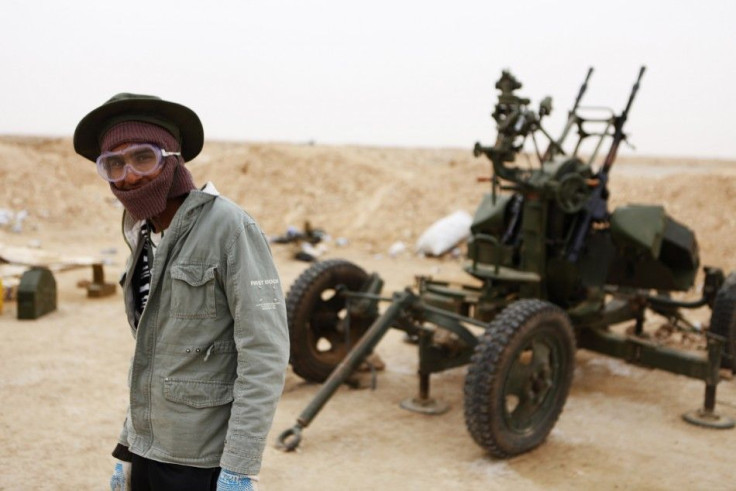Who are the real Libyan opposition?

Libyan rebels have formed a transitional government under the leadership of Mahmoud Jebril, and the new cabinet is slowly taking shape. The interim rebel government, which vies with the official regime for control of the country, has been boosted by the sovereign recognition by France and generous western support.
Following is a glimpse into some of the major Libyan opposition outfits that have been fighting Gaddafi overtly or covertly in the last three decades:
1. The National Front for the Salvation of Libya (NFSL)
NFSL was launched from Sudan by an ex-Libyan foreign service official in 1981. Its founder, Muhammad Yusuf al-Magariaf, operated the opposition outfit from Sudan until 1985.
Its agenda was similar to that of any regular foreign-based outfit opposing dictatorial regime in the home country - democracy, constitutional guarantees, free and fair elections, freedom for the media and the like. It is led currently by Ibrahim Abdulaziz Sahad, and its last major gathering was held in the United States in 2007.
NFSL's first uprising against Muammar Gaddafi was a failure; and it culminated with the pubic hanging of eight men by Gaddafi. Armed men from the organization attacked Gaddafi's barracks in 1984, but the coup failed. They then joined hands with soldiers who defected from Gaddafi's forces and operated out of Chad. However, they lost ground when Idriss Debey took power in Chad.
In course of time, NFSL changed tack and worked away from plans to overthrow Gaddafi through military action. They joined the National Conference for the Libyan Opposition in 2005, but withdrew from it as differences of opinion emerged.
2. National Conference for the Libyan Opposition (NCLO)
The National Conference for the Libyan Opposition was formed in 2005 as a lose association of seven Libyan opposition groups. Apart from the NFSL, it included outfits like the Libyan Constitutional Union, Libyan League for Human Rights, Libyan Tmazight Congress and the National Front for the Salvation of Libya.
NCLO was instrumental in organizing the ‘Day of Rage’ in Libya, which was a watershed in the ongoing Libyan rebel movement. Mostly led by expatriate Libyan figures, the group was formed in London.
3. Libyan League for Human Rights (LLHR)
The group says it was inspired by a Libyan diplomat who defected to the rebel camp in the 1980s and was subsequently captured and executed by Muammar Gaddafi. Like other serious-minded Libyan opposition outfits, LLHR is foreign-based, with headquarters in Geneva. LLHR ranks were active in organizing the 2011 uprising.
4. Libyan Constitutional Union (LCU)
The main campaign plank of the LCU is the return to the 1951 constitution and the reinstallation of monarchy. It was launched by Sheikh Ben Ghalbon in 1981 and declared allegiance to the deposed King Idris. He points out that Libyans chose the Kingdom system and also chose the King in 1951 when it gained independence from the western colonization. When the coup took place in 1969, it presented nothing of value, on the contrary, it became preoccupied with falsifying history and destroying the achievement of the nation, he said in an interview published in LCU's website.
5 Libyan Islamic Fighting Group (LIFG)
The LIFG, also known as Al-Jama'a al-Islamiyyah al-Muqatilah bi-Libya, was formed in 1995 by people who had Taliban-Al-Qaeda links. They immediately launched a bid on Gaddafi's life. But the 1996 assassination attempt failed. After launching several deadly attacks targeting Libyan soldiers they mellowed down over the years and apologized to Gaddafi in 2009 for trying to kill him.
There are also small groups like the Republican Assembly For Democracy And Social Justice, Libyan National Alliance and the Libyan National Army (LNA). Besides, there are many international pressure groups seeking the ouster of Gaddafi including those demanding justice for the victims of the Pan Am flight bombed over Lockerbie.
© Copyright IBTimes 2024. All rights reserved.





















